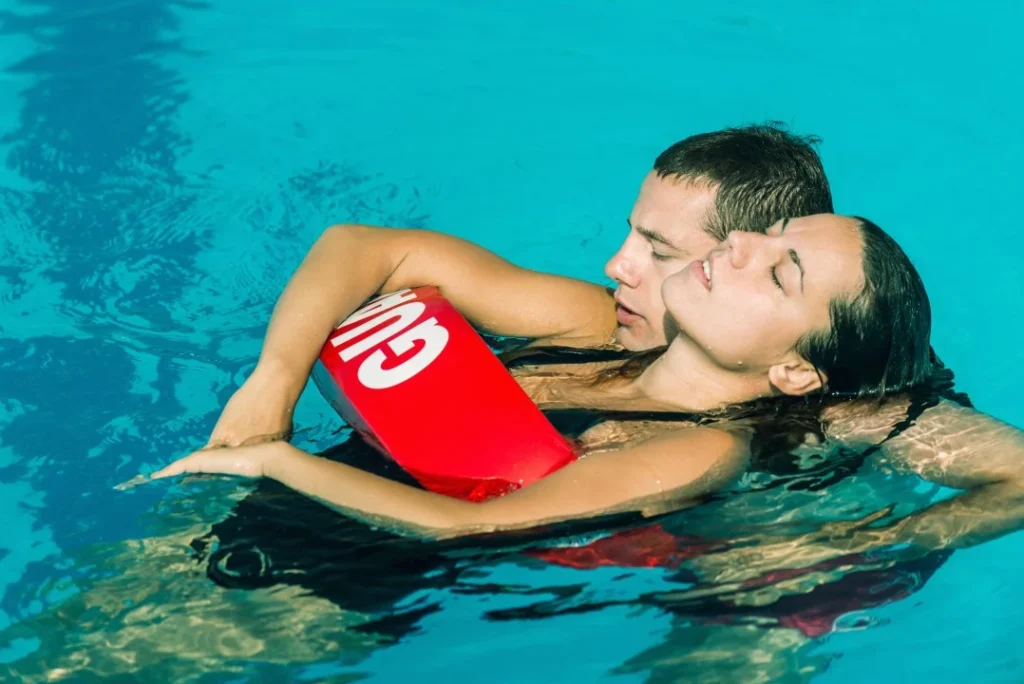In 2025, the role of a lifeguard goes far beyond simply sitting atop a chair and watching swimmers. With evolving safety standards, new technology, and heightened public expectations, today’s lifeguards are expected to master a dynamic skillset that blends physical capability, quick thinking, and emotional intelligence. Whether stationed at a pool, beach, or waterpark, the modern lifeguard must embody professionalism, preparedness, and adaptability.
Below are the essential skills every lifeguard in 2025 must master to ensure public safety and uphold the highest standards in aquatic supervision.
1. Advanced Water Rescue Techniques
While basic swimming and rescue skills remain foundational, modern lifeguards must now be proficient in advanced water rescue techniques. This includes:
-
Deep water extractions
-
Spinal injury management in water
-
Multi-victim rescues during crowded conditions
Lifeguards must not only act quickly but also select the right technique depending on the water environment, victim behavior, and potential hazards.
2. Proficiency in CPR and AED Usage
Cardiac emergencies can occur in or around water, and lifeguards are often the first responders. Therefore, proficiency in high-quality CPR (including two-person CPR) and Automated External Defibrillator (AED) usage is non-negotiable.
-
Understanding the latest CPR guidelines
-
Being able to perform compressions with stamina and correct rhythm
-
Rapid AED deployment and use in high-pressure situations
These skills can make the difference between life and death, especially when time is critical.
3. Situational Awareness and Risk Assessment
Modern lifeguards must practice constant vigilance. Situational awareness involves:
-
Recognizing signs of distress early
-
Monitoring weather and environmental changes
-
Identifying potential hazards like riptides, overcrowding, or unsafe behaviors
Strong risk assessment abilities help lifeguards act preemptively, preventing accidents before they happen.
4. Crisis Communication and Conflict Resolution
Lifeguards frequently deal with a diverse public and must be capable of clear, calm communication, especially during emergencies. They must:
-
Give instructions that are easy to understand
-
Calm anxious or panicked individuals
-
Handle confrontations professionally and respectfully
Training in verbal de-escalation and non-verbal communication cues enhances a lifeguard’s authority and effectiveness.
5. Physical and Mental Endurance
In 2025, lifeguards are required to demonstrate peak physical fitness and mental resilience. This means:
-
Meeting and exceeding physical testing standards
-
Remaining alert during long shifts under challenging weather conditions
-
Practicing mental health maintenance and stress management
Fatigue and burnout can reduce effectiveness; modern training emphasizes holistic well-being to maintain readiness.
6. Knowledge of New Rescue Technologies
The aquatic safety landscape is rapidly integrating cutting-edge tools like:
-
Rescue drones for beach and open water emergencies
-
Wearable drowning detection sensors
-
AI surveillance systems for pool monitoring
While technology doesn’t replace lifeguards, familiarity and comfort with tech tools enhance a guard’s response capabilities.
7. Legal and Ethical Responsibilities
In today’s litigious world, lifeguards must understand their legal obligations and limitations. This includes:
-
Duty to act and provide care
-
Proper documentation of incidents
-
Respecting privacy and handling minors appropriately
Knowledge of local and federal laws helps lifeguards act within their scope and protect both patrons and themselves.
8. Inclusive Awareness and Accessibility Skills
As public spaces become more inclusive, lifeguards must be prepared to assist individuals with disabilities or special needs. This requires:
-
Training in adaptive rescue techniques
-
Recognizing the unique risks certain individuals may face
-
Communicating effectively across diverse populations
Inclusivity is no longer optional—it’s a core part of public service.
9. Team Collaboration and Leadership
Lifeguards rarely work alone. Strong teamwork and leadership skills ensure smooth operations during emergencies. A modern guard should:
-
Coordinate efficiently with coworkers
-
Delegate tasks effectively under pressure
-
Take charge when necessary without hesitation
Emergency scenarios often require synchronized team efforts, making collaboration essential.
10. Continuous Learning and Recertification
Finally, the modern lifeguard must commit to ongoing education. Regular recertification ensures:
-
Skills stay sharp and updated with current standards
-
Guards remain knowledgeable about emerging risks and new procedures
-
Professional growth and readiness for advanced roles
Staying current is not just about compliance—it’s about staying effective.
Conclusion
In 2025, lifeguarding is no longer a seasonal job—it’s a serious public safety profession requiring extensive training, adaptability, and dedication. Today’s lifeguards must be more than strong swimmers; they must be critical thinkers, compassionate communicators, tech-savvy responders, and lifelong learners.


